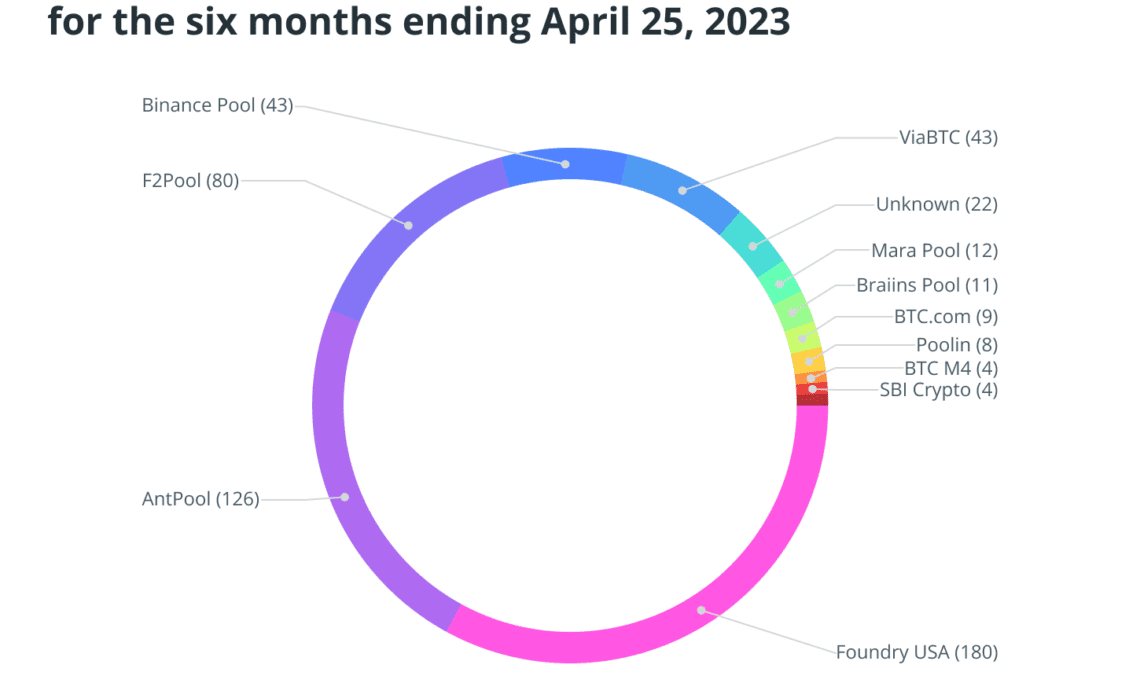Blockchain technology was introduced in 2008 as a decentralized, secure, transparent system for managing digital transactions. Its primary aim was to provide a solution to major problems with traditional transactional systems, including trust, security, decentralization and efficiency. Blockchain has since expanded beyond finance and has been used in supply chain management, healthcare, games, digital media and social media, among others.
However, the blockchain industry is still facing significant challenges — such as a lack of diversity, wealth control by a few holders, hash rate problems and a loss of the promise of decentralization.
Hash rate and why it’s a problem
The cryptocurrency on everyone’s mind — and in the digital wallets of more than 400 million people around the world — is Bitcoin (BTC). Bitcoin’s hash rate is the computing power required to validate transactions and produce new blocks on the Bitcoin blockchain. A high hash rate is necessary to maintain the integrity of the Bitcoin network, but it also presents some significant challenges.
One of the most pressing issues is the high energy consumption required to maintain a high hash rate. As more miners join the network, the hash rate increases — and so does the energy consumption required to sustain it. The environmental impact of BTC mining has led to concerns throughout Bitcoin’s volatile history and rise to mainstream fame.
Another challenge with Bitcoin’s hash rate is the centralization of mining power in a few large mining pools. As the hash rate has increased over time, it has become increasingly difficult for individual miners to compete with these large pools, leading to concerns about the potential for these pools to monopolize the network and control the direction of Bitcoin’s development.
Related: Elizabeth Warren wants the police at your door in 2024
There is also the potential for 51% attacks by mining pools that control the majority of the hash rate. If a single mining pool or a group of mining pools controls over 50% of the hash rate, they could potentially control the network and carry out malicious activities, such as double-spend attacks or rewriting transaction histories. This presents a significant threat to the security and integrity of the Bitcoin network.
Finally, the limited scalability of the Bitcoin network is another challenge associated with its hash rate. As more users join the network and the number of transactions increases, the network can…
Click Here to Read the Full Original Article at Cointelegraph.com News…
